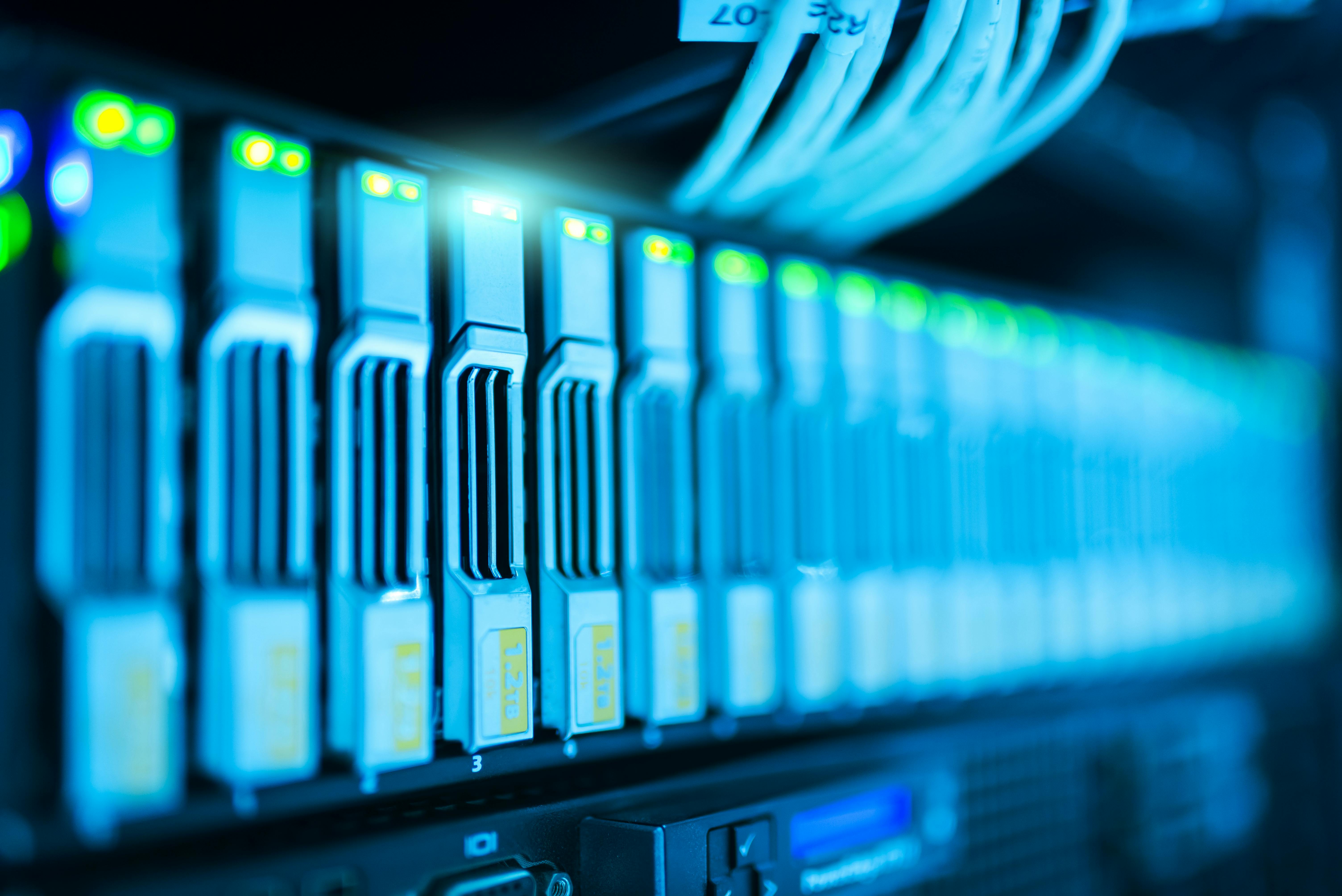Assessing power solutions for uninterrupted device use
Reliable power keeps devices operational and data intact. This article outlines practical approaches to evaluating power solutions for laptops, desktops, routers, and peripherals, focusing on energy delivery, backup strategies, compatibility, and routine maintenance to reduce downtime.

Reliable power is the foundation of uninterrupted device use across home and office environments. Assessing power solutions involves matching supply capacity with device requirements, planning backup strategies for outages, addressing thermal and privacy considerations, and scheduling maintenance. A systematic evaluation reduces unexpected shutdowns, preserves storage integrity, and supports consistent connectivity and performance.
Energy options and power delivery
Choosing the right energy source requires checking voltage and wattage requirements, understanding different adapter ratings, and considering battery chemistry for portable equipment. Devices with higher continuous draw—workstations, network switches, and NAS units—need supplies and surge protection rated above peak consumption. Energy efficiency affects long-term operational cost and thermal output; low-efficiency supplies may increase heat, influencing cooling needs. For locations with variable grid quality, consider line-conditioning or uninterruptible power supplies (UPS) that offer clean, regulated power to protect device performance and security of stored data.
Backup and data protection
Backup strategies are central to uninterrupted use because power interruptions can corrupt open files and storage. Implement a combination of local backups to external drives or NAS and offsite backups in the cloud to balance fast recovery and redundancy. Backup frequency should reflect how critical data changes are; automated, versioned backups reduce manual error. Include checks for storage health and filesystem consistency during maintenance windows to catch early degradation. Encryption and privacy controls for backups preserve confidentiality while ensuring recovery remains available when power is restored.
Compatibility and connectivity
Confirming compatibility between power solutions and devices prevents damage and connectivity loss. Verify connector types, polarity, voltage, and wattage against manufacturer specifications. For networked setups, ensure routers and switches have compatible power inputs and consider Power over Ethernet (PoE) options for devices that support it. Assess how power solutions interact with connectivity: a single UPS feeding both modem and router can maintain internet access during brief outages, while separate supplies may complicate troubleshooting and reduce resilience.
Thermal management and cooling
Thermal behavior affects both performance and the lifespan of electronics. Power supplies and batteries generate heat that must be managed with proper ventilation, adequate clearances, and where appropriate, active cooling. High ambient temperatures reduce battery efficiency and can accelerate storage device wear. Monitor thermal metrics where available, and plan placement to avoid heat accumulation—keeping power bricks and UPS units off carpets and away from direct sunlight helps reduce thermal stress and preserves device reliability and privacy of stored data by avoiding unexpected failures.
Troubleshooting power issues
When devices behave inconsistently, systematic troubleshooting helps isolate power-related causes. Start by testing with known-good cables and outlets, then check adapter voltage and UPS status indicators. Look for signs of degraded batteries—short runtimes, swelling, or frequent dropouts—and inspect connectors for corrosion. Software logs and diagnostic utilities can reveal abrupt shutdowns or brownout events that affect storage and performance. For networked devices, confirm that connectivity drops correlate with power events to differentiate between power and configuration issues.
Maintenance and planned upgrades
Regular maintenance extends system uptime: test UPS batteries annually or according to manufacturer guidance, update firmware for smart power devices, and replace aging adapters before they fail. Document runtimes and load levels to inform upgrades—if multiple devices approach a UPS’s capacity, plan a staged upgrade to a higher-capacity unit or distributed UPS strategy. When upgrading, consider compatibility with existing equipment, and evaluate trade-offs between battery runtime, thermal impact, and physical footprint. Security and privacy settings should be reviewed during maintenance, especially when storage or backup hardware is changed.
Assessing power solutions requires balancing technical specifications, operational needs, and risk tolerance. By mapping device requirements to appropriate energy delivery and backup options, verifying compatibility, managing thermal conditions, and maintaining systems proactively, organizations and individuals can reduce interruptions and protect data. Regular review of performance metrics and scheduled maintenance ensures power strategies remain aligned with evolving hardware and connectivity demands.





